Ventilation in agricultural sector
- What is forced ventilation?
- Without correct ventilation there is neither growth nor milk yield; animals get sick, buildings are destroyed.
- How can we create a healthy microclimate in a cowshed?
- What should you pay your attention to, when you choose a ventilation installation?
Specialists' advise
When you organize any farm activity, you should remember that success of livestock farming depends 60% on cattle feeding, 20% on their genotype and age, 20% on the micro climate and their keeping conditions.
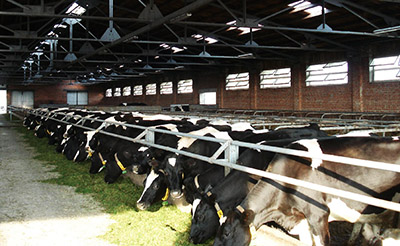
1. What is forced ventilation?
Ventilation in the premises with cattle used to be only natural and it was realized at the expense of irregularities of wall constructions, holes in doors, windows and roofs. However, such ventilation does not solve the main problem of any farm, i.e. excessive humidity. Unregulated humidity level in the air facilitates the increase of harmful bacteria number and concentration of ammonia. It affects microclimate in the premises and moreover both cattle and poultry together with people who work on that farm can greatly suffer.
Take into consideration the fact that natural ventilation is not very costly, but it is not able to create appropriate microclimate. Unstable microclimate can be the reason for decrease in growth, live weight and milk yield. If you hope to get maximum profit from livestock farming, then you will not be able to cope without forced ventilation. It is the arrangement of correct ventilation which allows for creation of that microclimate that is necessary for particular animal types and premises.
Usually farm buildings are built from reinforced concrete which has a very good heat conductivity. That is why it is cold in winter and it is hot in summer in such premises. This leads to condensation emergence and increased humidity. And increased humidity in its turn is harmful both in high temperatures and in low temperatures.
The main task of ventilation of the premises with cattle is to prevent creation of so called heat stress, i.e. unfavorable combination of two factors: temperature and humidity. In our experience, problems with maintaining a necessary micro climate arise where there are only 10-12 souls of cattle.

2. Without correct ventilation there is neither growth nor milk yield; animals get sick, buildings are destroyed.
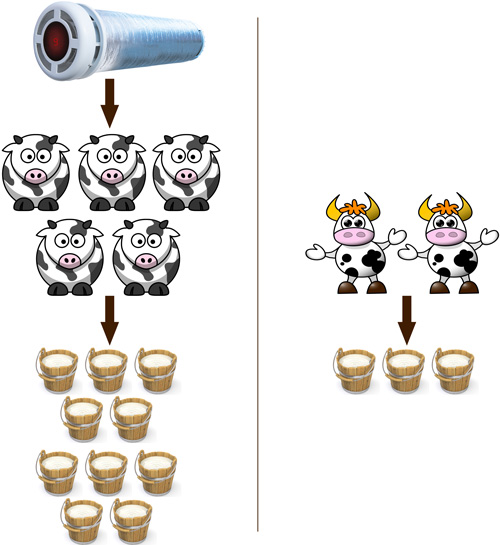
It has been scientifically proven that microclimate indicators directly influence growth, live weight and milk yield.
That is why, the arrangement of correct forced ventilation on a farm is one of the most important tasks.
It is evident that when excessive humidity is constantly removed from the premises, then cattle withstand frosts better and costs on heating are decreased. Besides, we must not forget that cattle are afraid of not only too humid air, but dry air is also not good for them. Minimum allowed level of humidity is not less than 40% and the level of oxygen in the air must be not less than 17-18%.
When hydrogen sulfide gets through respiratory organs into an animal's organism all the enzymatic processes are slowed down, the level of carbon dioxide in blood is decreased. This can lead to pulmonary edema and as a result reduced milk yields.
The main problem of the majority of ventilation projects is that they are aimed not at the creation of micro climate as a whole but at separate indications which can be measured: speed of air flows, temperature, humidity and so on. But it is the microclimate that is the most important for cattle.

3. How can we create a healthy microclimate in a cowshed?
When arranging ventilation of a farm, it is necessary to distinguish zones in the premises for ""people"", ""cattle"" in order to ensure operational processes. It is also important to use different climatic equipment to solve a number of tasks.
In each separate case there will be different conditions and needs for every type of premises while designing ventilation. On the whole, you can arrange ventilation on a cattle farm in two ways: natural ventilation and forced ventilation.
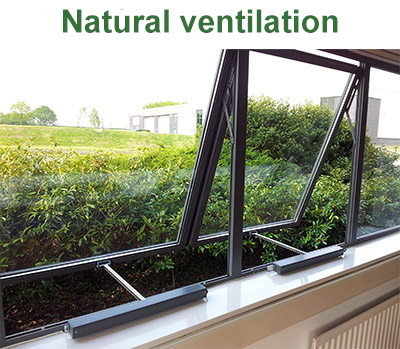
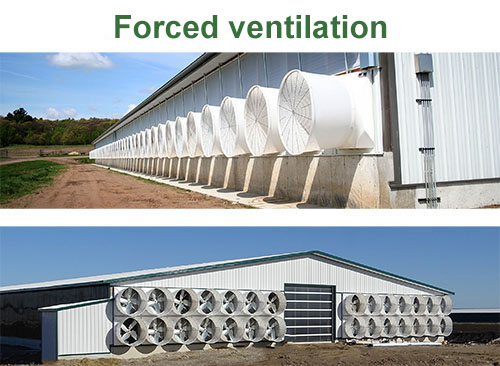
-
Natural ventilation happens at the expense of difference in pressure.
-
Forced ventilation is used to create a special microclimate.
A healthy microclimate in a cowshed:
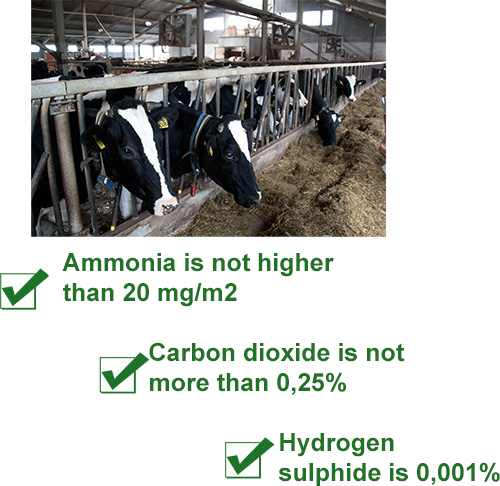
It is important to remember that ""harmful gases"" are removed from the premises together with water vapour if the ventilation is good enough.
In winter ventilation must provide not less than 15m3 of fresh air supply per 100 kg of live weight. This facilitates a necessary level of relative humidity at the level not higher than 70-75%.
For that you have to install ventilation systems with heat recuperation (preserving air temperature) and a possibility to switch ventilators from intake to extract. There are such models in the industrial series of PRANA ventilation systems.
4. What should you pay your attention to, when you choose a ventilation installation?
First of all you should pay attention to microclimate which must be created by a ventilation system. In cowsheds specialists recommend installing local decentralized ventilation systems of a new generation which preserve energetic potential of the air and have the system of heat recycling (recuperation). There are such ventilation installations in the PRANA model line.
PRANA recuperators allow for:

- complex solution of a problem. They provide supply of fresh air of good quality and removal of processed air that in its turn creates necessary microclimate both in local zones and in the whole complex.
- air transportation without draughts to the zones which require it most of all and removal of processed air from ""polluted zones"" without mixing air flows.
- savings on heating and balance between intake and extract flows.
- making separate local climatic zones combining residential and industrial systems.
- a possibility of additional adjustments and flexibility when changing some other factors.
- easy installation. There is a possibility to install in separate local zones without interruption of farm operation.





